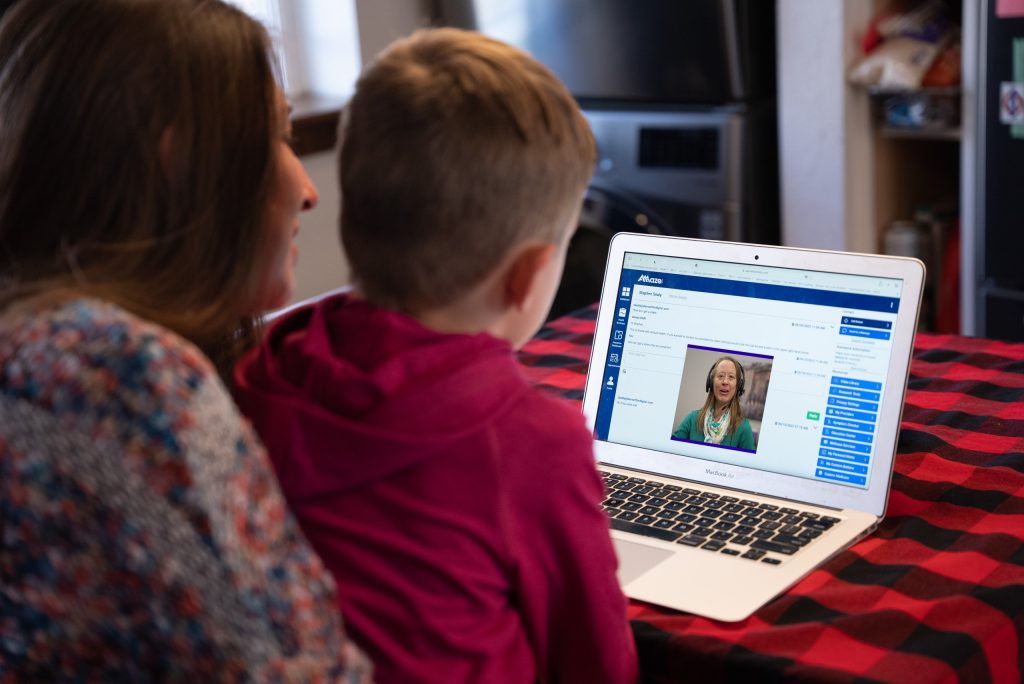
When Not to Choose the ER
When you or a loved one are experiencing a medical emergency, it can be stressful and overwhelming to make decisions about where to seek care, and unfortunately, the decision can be costly.
Studies show that up to 30% of all ER visits in the United States could be treated in urgent care centers, primary care clinics, or other non-emergency care settings.
Keep in mind that emergency rooms are almost always more expensive and always have longer wait times than non-ER options.
The average out-of-pocket cost for an ER visit is $617, compared to $131 for a visit to a doctor’s office. The average cost of an ER visit in the United States is over $1,200, so you’ll spend significantly more for care at the ER, even for a non-emergent problem.
This high cost is due to many factors; the physicians and staff at the ER are ready to take care of serious problems and most ER physicians are independent contractors, meaning they don’t work for the hospital and are therefore part of the hospital’s overhead. Also, ERs are open 24/7 and are required by law to provide care to anyone, regardless of their ability to pay.
Freestanding ERs are medical facilities that provide emergency care services in a separate building rather than being attached to a hospital, typically costs the same as care at an ER that is physically located at a hospital. Typically, there is no financial benefit to going to a freestanding ER, as most insurance companies will likely require the same copays and deductibles. Freestanding ERs will not call themselves “Urgent Care,” but if you are not sure about a facility, call and ask before you need it.
Many non-life-threatening medical conditions can be treated at urgent care centers, primary care clinics, or by calling Amaze. Using these resources can help you save money and also prevent overcrowding in emergency rooms, which can make it harder for those who truly need emergency care to receive it promptly.

Identifying a true medical emergency can be difficult, but some signs and smay indicate the need for immediate care at an emergency room. These include:
-
- Chest pain or pressure
-
- Difficulty breathing or shortness of breath
-
- Seizures, convulsions, or loss of consciousness
-
- Severe abdominal pain or persistent vomiting or diarrhea
-
- Serious burns or deep cuts that won’t stop bleeding
-
- Suicidal or homicidal feelings or actions
-
- Head or spine injuries
-
- Severe allergic reactions or anaphylaxis
On the other hand, there are many medical conditions that can be treated at urgent care centers or simply by calling Amaze:
-
- Minor cuts and burns
-
- Sprains and strains
-
- Fever, colds, and flu-like symptoms
-
- Ear infections
-
- Skin rashes or infections
-
- Minor allergic reactions
-
- Mild to moderate asthma attacks
-
- Urinary tract infections
-
- Headaches or migraines
-
- Back pain
If you are experiencing any of these symptoms or conditions, you’ll likely receive care at a lower cost by utilizing a non-emergent option, like an urgent care center, a primary care physician, or by calling Amaze.
Three Reasons to Avoid Unnecessary Visits to the ER

Lower Cost for Faster Care
ER visits are expensive, and insurance may not cover the full cost. Urgent care centers and primary care clinics are designed to provide prompt and appropriate care for many common medical conditions and often have shorter wait times than emergency rooms. By seeking care at non-emergent options, you’ll save money, both for yourself, your employer, and the healthcare system in general.
Help Your Kids Save You Money
College students can be particularly vulnerable to high healthcare costs, as they may be away from home, uncomfortable, and scared without access to a regular primary care provider. And some risky behaviors associated with their new freedom can lead to situations where a student needs to seek medical care.
It’s important to talk to your college-aged children about the appropriate use of healthcare resources and to encourage them to seek care at the right place. Encourage your kids, especially college students, to be aware of the high cost associated with emergency room visits and to seek care at their campus health center or an urgent care center if they have a non-life-threatening medical condition.
Improve the Quality of Care You Receive
In addition to saving money, using the right healthcare resources can actually improve the overall quality of care you receive. Urgent care centers and primary care clinics are designed to provide prompt and appropriate care for many common medical conditions and can provide a more personalized and comprehensive approach to care. Making an appointment with the medical provider that is best suited to take care of your problem will result in more appropriate diagnosis and treatment, as well as ongoing care.
The Bottom Line:
Emergency rooms are expensive for a reason, and it’s important to use them appropriately. Educating yourself and your loved ones on when to use emergency rooms and when to seek other forms of medical care can help save you money and improve the overall quality of care you receive. Encourage your children, especially college-aged, to be aware of the high cost associated with emergency room visits and to seek other options when possible.
The best idea is to plan ahead. Do a little research so you know which facilities near you are emergency rooms and which are urgent care centers. Have the addresses handy and a plan for where to go in different types of situations.